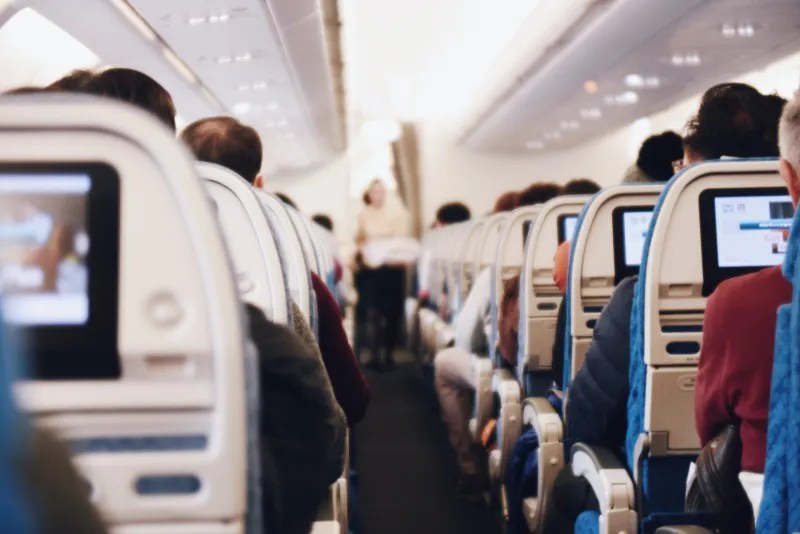If you were lucky enough to attend INTIX or the Ticketing Professionals Conference, you may have had the opportunity to hear Andrew Thomas talk about how we should be more like airlines. He proposed that you should more effectively monetize the assets you have as a venue, upselling for the best seats and engaging the buyer to maximize your revenue.
As our industry quickly evolves, my mind keeps going back to Andrew’s brilliant talk, but I am thinking about the other ways we NOW might need to consider our parallels to airlines.
Loading in and out
One of the challenges we face in live events is the crowded crush space before and after the show. A 2014 study developed in response to the Ebola outbreak found that boarding airline passengers randomly lowered the risk of contagion. To help ensure social distancing rules are followed, United Airlines is boarding passengers by row rather than by group. Off boarding a plane also has some order as (usually) passengers leave row by row letting those in front of them leave the aircraft first.
What if we staggered arrival times on tickets? Or had different entrances designated for different seat sections like AudienceView client Barrington Stage? What if you had your ushers control departure, having one row leave at a time to minimize the number of people in the lobby at one time? Allow those seated in the center to be seated first?
This will cost people time, but that may be a cost they’re willing to bear to attend a live event.
Cleanliness
There is an annual report that ranks the cleanliness of airlines around the world. It is determined based on a survey of passengers who rate them on how clean various areas of the aircraft are.
There are a lot of parallels between an airplane and a live event. You’re asking people to sit beside strangers in a (usually) enclosed space for several hours. If these airplanes can market their cleanness… can we?
Air Canada, which is ranked as the cleanest airline in North America, recently released their CleanCare+ strategy. This provides their customers with precise details on how they’ll be preparing their space for a great experience. This level of detail engenders a great deal of confidence with the passengers (or audience) that you’ve truly thought through the details of how they will experience your venue.
Structural Changes
Airlines have made significant investment in HEPA filters to ensure you’re breathing clean air during your flight. Air Canada has invested in contactless temperature checks for passengers.
On the Unobstructed podcast, Mike Evenson spoke to Byron Harrison about how buildings may need to change in a post-pandemic world. Byron wrote a paper that explores the shifts venues might need to make in their physical space when their doors open again. Seating density, crush space flow, toilet facilities and back-of-house spaces like shared staff workspaces all need to be evaluated.
We, like the airlines, need to take the time to think through our customer journey as they attend our spaces, ensuring we have measures in place to keep them safe and healthy.
Regulations
There are elements we take for granted when we fly, like beverage service or the ability to buy meals (or have them included if you’re lucky enough to fly business or first class).
The International Air Transport Association (IATA) released guidelines for their member organizations that include recommendations for personal protective equipment (PPE), not accepting cash payments, cleaning standards, and what types of food are safest to serve.
When our venues open up again, it is likely prudent that we are asking attendees to wear masks (just like airlines), that we operate cash-free, and potentially that we limit the types and packaging options for the food and beverage we serve in-venue.
We’re here to help!
A lot has changed, and is going to continue to change. But we can and should take the opportunity to learn from the hospitality verticals that are opening first, as well as from our in-industry peers around the world. And maybe again this time, we need to be even more like airlines.
We’d love to hear your thoughts and learn from what you’re doing in your venue to prepare to welcome back audiences. You can reach us at marketing@audienceview.com.
